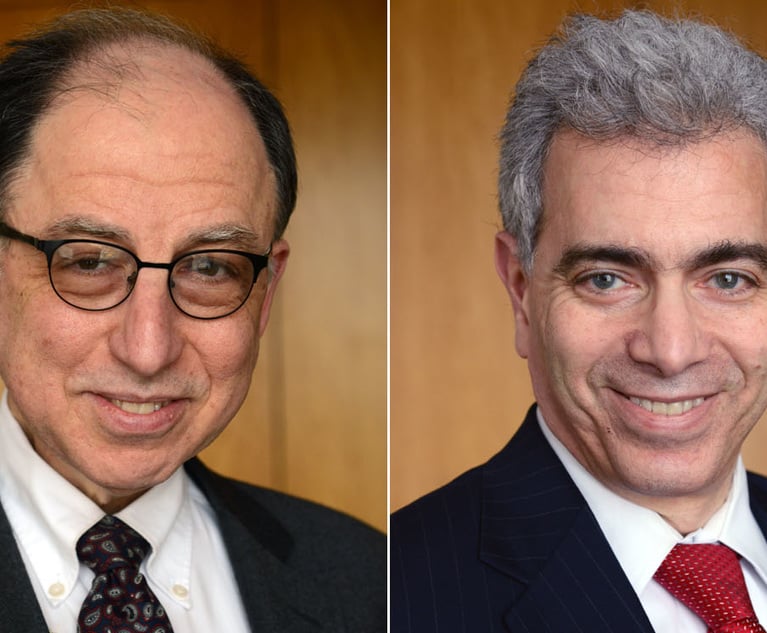 The patentability of artificial intelligence (AI) has been increasingly scrutinized in light of the surge in AI technology development and the ambiguity regarding the interpretation of software-related patents. The Federal Circuit has gradually refined the criteria for determining subject matter eligibility for software-related patents, and based in part on such jurisprudence, earlier this year the U.S. Patent and Trademark Office (USPTO) released revised guidance on examining patent subject matter eligibility under 35 U.S.C. §101. See 2019 Revised Patent Subject Matter Eligibility Guidance, 84 Fed. Reg. 50 (Jan. 7, 2019). Considering the advances in AI technology and intellectual property law, how do these recent developments shape the outlook of AI patentability?
The patentability of artificial intelligence (AI) has been increasingly scrutinized in light of the surge in AI technology development and the ambiguity regarding the interpretation of software-related patents. The Federal Circuit has gradually refined the criteria for determining subject matter eligibility for software-related patents, and based in part on such jurisprudence, earlier this year the U.S. Patent and Trademark Office (USPTO) released revised guidance on examining patent subject matter eligibility under 35 U.S.C. §101. See 2019 Revised Patent Subject Matter Eligibility Guidance, 84 Fed. Reg. 50 (Jan. 7, 2019). Considering the advances in AI technology and intellectual property law, how do these recent developments shape the outlook of AI patentability?
Current USPTO Treatment of AI
The USPTO defines “AI” as including artificial intelligence type computers, digital data processing systems, corresponding data processing methods, products for emulation of intelligence, “(i.e., knowledge based systems, reasoning systems, and knowledge acquisition systems),” systems for reasoning with uncertainty, adaptive systems, machine learning systems, and artificial neural networks. U.S. Patent and Trademark Office, Class 706, Data Processing—Artificial Intelligence (January 2011). However, AI technologies may also be assigned to one of dozens of other software-related classes, and if so, patent applications on such technologies may have varied outcomes.






